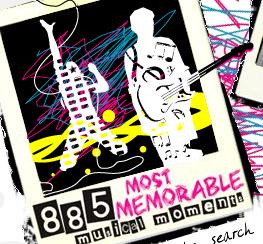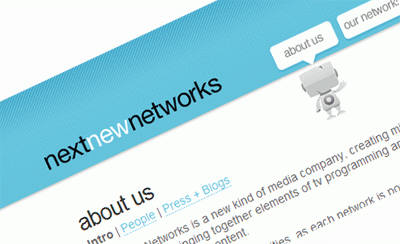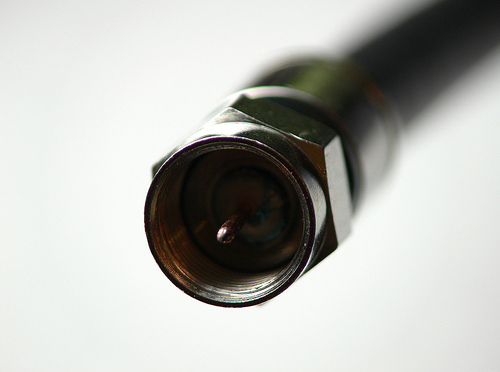
When the musicians in the earlier days of jazz went into the recording studio, they could only solo as long at the format of the 78rpm record would allow, which was under four minutes, for the most part. Within those constraints, artists like Charlie Parker created brilliance.
The tables have since turned. Artists have gone on to create works of considerable length in film, television and music. Now the challenge is not in the limitation of the format, but rather in the limitation of the new generation of content consumers’ attention span. Wired Magazine highlights the phenomenon of re-formatting in their March issue under the apt banner of “Snack Culture.”
Much has been written about how writing for the web is an entirely different beast than writing for published books, magazines and newspapers. We are only now seeing the same happen in the world of online audio and video. As technology allows for consumption in places other than where a television or radio are present, ideas about the format are being called into question.
The 90 minutes that NBC still allows for Saturday Night Live serves as a fine example. They are dicing small bits of that now seemingly enormous chunk of broadcast time and placing the best parts on YouTube. One infamous clip [NSFW] was placed there by NBC in its uncensored form, and has since received over 17 million views.
Next New Networks is extrapolating this concept; two former content CEOs [of MTV and Nickelodeon pedigree] created a new venture to cater specifically to the changing format, boundaries and constraints of content. From their website:
We’re looking to be available everywhere, from phones to iPods and gaming devices, to whatever the next platform is. Each of our micro-networks consists of 3-11 minutes of content refreshed on a schedule, daily, weekly, or bi-weekly (depending on the network), and offers one or more regular shows.
We are witnessing the truncation of what used to be standard format-imposed content lengths, not only for time’s sake, but for the sake of the ever-shortening attention span.
Perhaps we will see a distillation of the idea, without the need to pad it to meet the guidelines of a 74-minute CD, thirty-minute sitcom or 100-minute film. For those that have been creating content like this, perhaps ventures like Next New Networks will provide a viable outlet.
Old-school public radio has been producing to this length for some time, but length isn’t everything. New approaches including relevant video and still images would be welcome augmentations in many instances.
Not since Current.TV have we seen formatics tossed out like this.
 Radio 2.0 blogger Mark Ramsey highlights today an announcement from Philadelphia’s WXPN; they will be gathering the 885 Most Memorable Musical Moments. [885 corresponds with WXPN’s FM frequency 88.5 — clever.]
Radio 2.0 blogger Mark Ramsey highlights today an announcement from Philadelphia’s WXPN; they will be gathering the 885 Most Memorable Musical Moments. [885 corresponds with WXPN’s FM frequency 88.5 — clever.]








